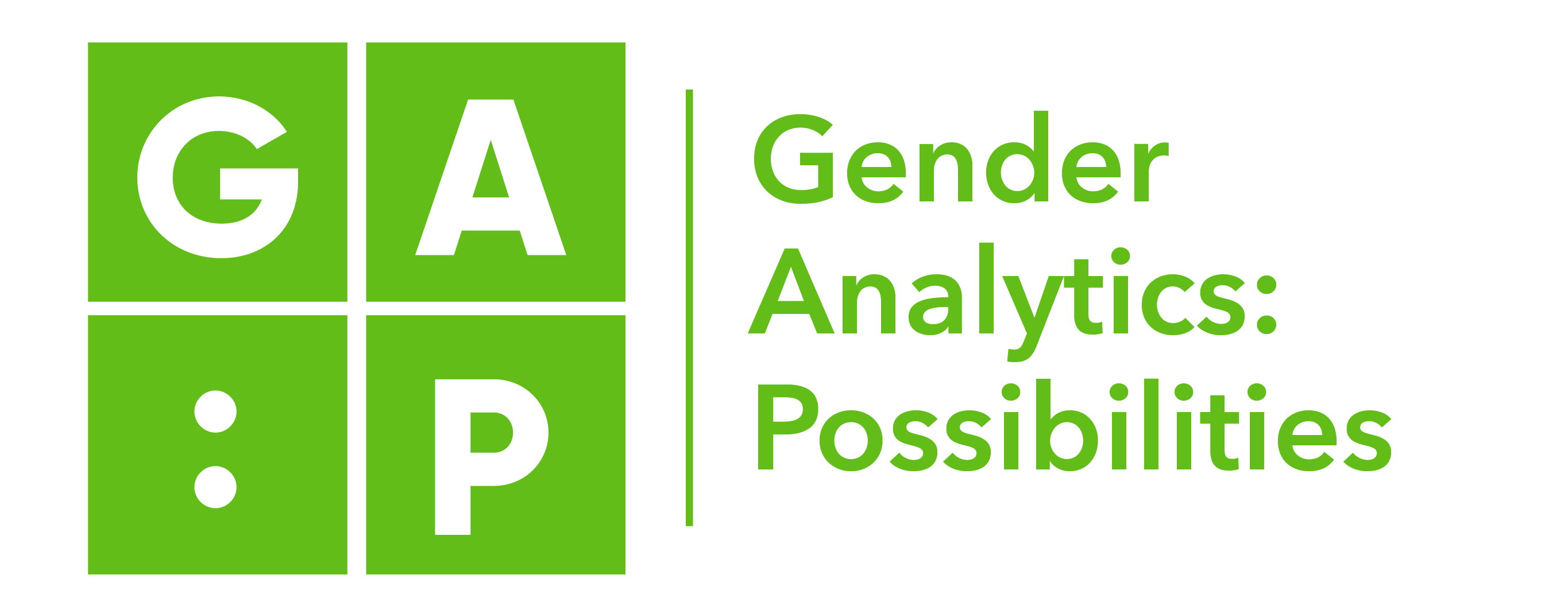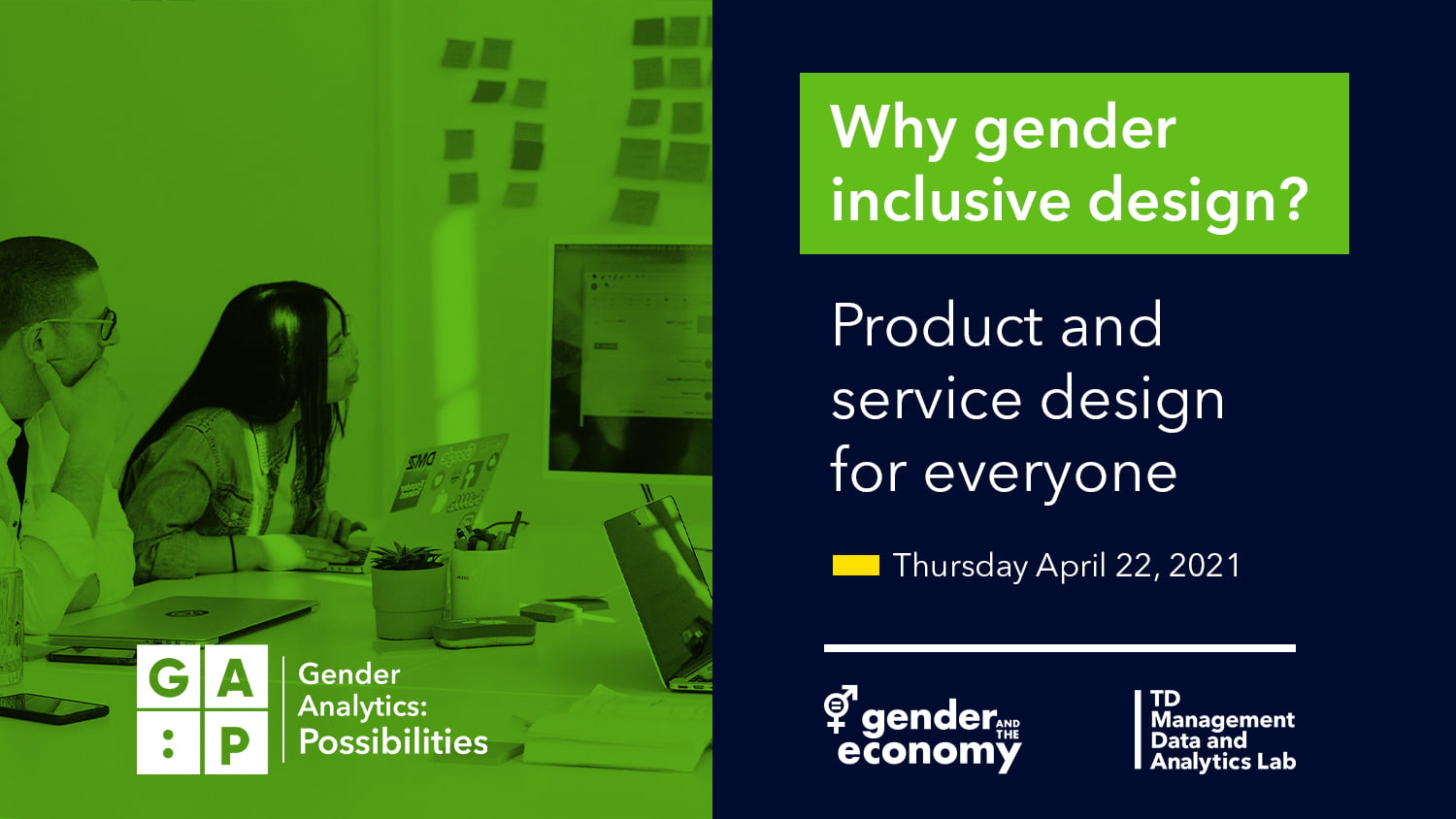How can the emerging field of Gender Analytics help leaders identify risks and uncover new opportunities in product and service design? This kick-off panel to the Gender Analytics: Possibilities Event Series was an exciting discussion with Vanessa Iarocci, Former CEO and President of McCarthy Uniforms; Sylvia Kwan, Chief Investment Officer of Ellevest; and Nitasha Mehta, Senior Director, CPG Brand Partnerships at Boxed; in conversation with Kathy Moscou, Assistant Professor at OCADU. Together these leaders and innovators discussed how gender analytics has helped them to find new markets, innovate, improve performance, and grow their businesses. From online retail to finance to uniform design, gender analytics led to benefits for their companies and for the customers they serve.
To learn more about how to implement Gender Analytics within your organization, see our Coursera Specialization, Gender Analytics: Gender Equity through Inclusive Design.
What barriers might someone face in implementing gender analytics within an organization?
Gender analytics is about using gender and intersectional lenses to unearth new solutions and ideas. However, it can often be misconstrued as “pink marketing” that will take away from financial returns.
In fact, gender analytics is not an add-on but a comprehensive change in understanding product and service design to uncover untapped opportunities. Organizations regularly undertake these types of processes and they can do the same through a gender lens. For example, women investors are an untapped market compared to men, particularly because investment firms historically have not acknowledged women investors’ needs or made them feel welcome. The roboadvisor start-up Ellevest has addressed this gap by using gender analytics to create financial solutions that specifically work for women.
What practices or lessons have you learned from implementing gender analytics in your organizations?
- If businesses don’t adjust to prioritize equity, equality, and other social issues, the market will adjust for them through new entrants who do make this a priority.
- While some may see gender analytics as financially costly in the short-term, cases such as Boxed’s removal of the pink tax on products for women show that it can lead to increased financial returns, including through improving customer loyalty and public relations.
- Diverse perspectives can uncover opportunities. Equitable representation on teams can help ensure that organizations don’t have blind spots in products and services.
- Employers can cultivate ideas from within their organizations by creating an open environment and / or forums that facilitate employees to speak about their ideas and talk through issues that are important to them. This can end up influencing an organization’s direction in products and services.
Watch the panelists discuss how they used gender inclusive design in their businesses.
To read more about these leaders’ successes in gender analytics and inclusive design in their organizations, see the following case studies:
- Ellevest: Investment technologies for Women
- Gender-based analysis as a turnaround strategy at McCarthy Uniforms
- Rethink pink: Elimination of pink tax by online retailer Boxed

The Gender Analytics: Possibilities (GA:P) Event Series is an exciting multi-session online series. This unique online experience will highlight how emerging areas of analytics applied to issues around diversity and gender shape risks and opportunities for many organizations, operations and outcomes. Experts in data analytics, gender, and diversity, and inclusion more broadly will share their research and insights to an audience of business, academic, and government leaders.
The GA:P Event Series is being planned jointly by two Rotman research centers, the Institute for Gender and the Economy (GATE) and TD Management Data and Analytics Lab co-organized by Susan Christoffersen (Co-Academic Director, TD MDAL), Sarah Kaplan (Director, GATE) and Matt Mitchell (Co-Academic Director, TD MDAL).




